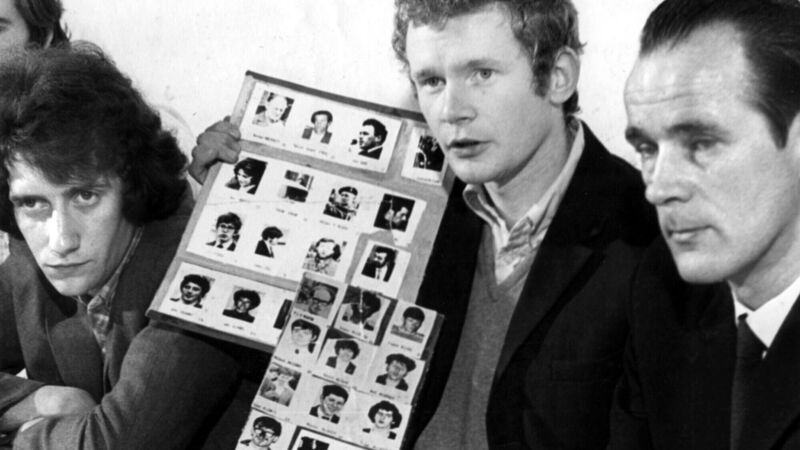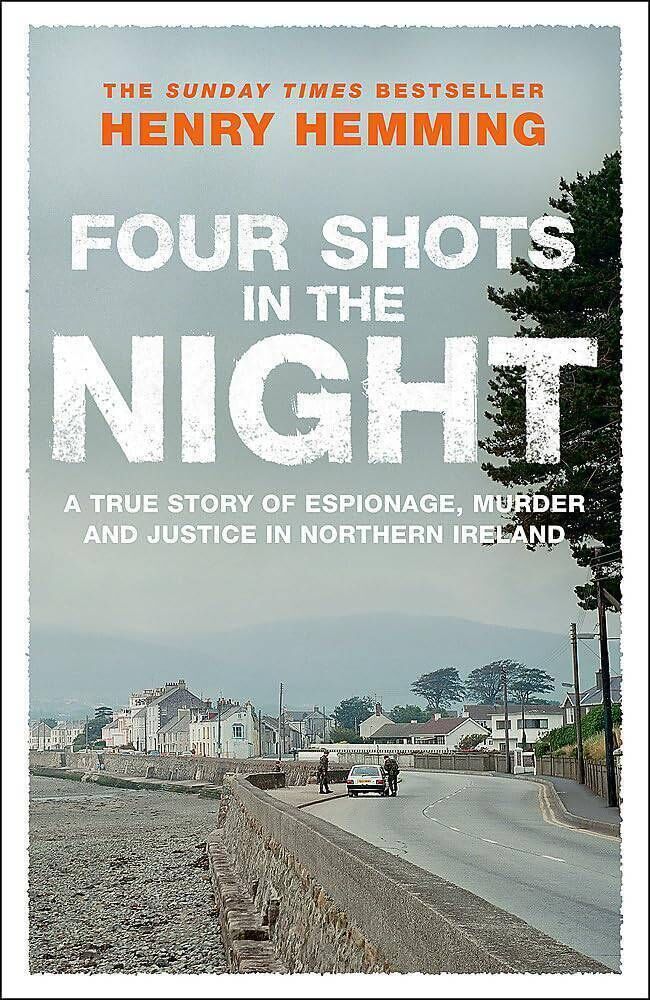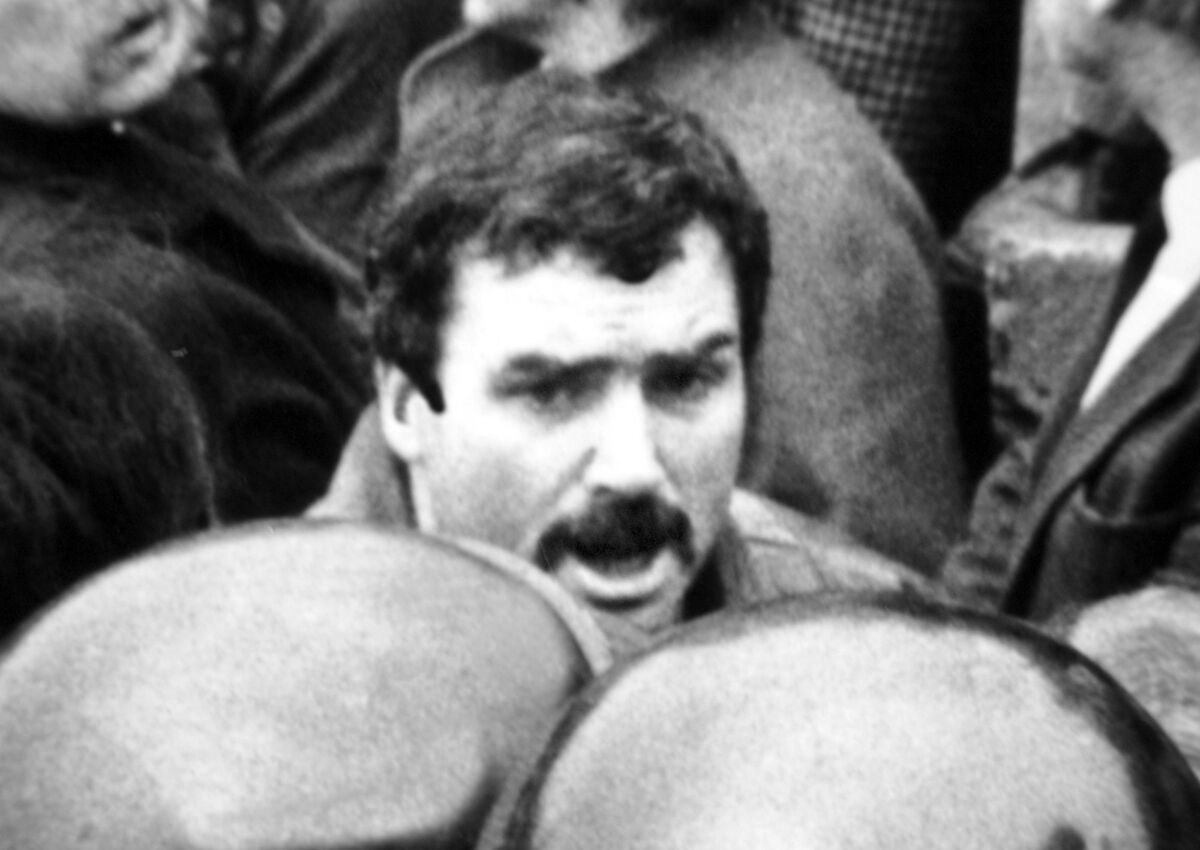Book review: A sobering book and a reality check

From left, Sean Keenan (jnr), Martin McGuinness and David O'Connell, the now deceased 'Chief of Staff' of the Provisional IRA and the man credited with inventing the car bomb.
- Four Shots in the Night: A True Story of Espionage, Murder and Justice in Northern Ireland
- Henry Hemming
- Quercus, pb €16.99

Derry IRA chief Martin McGuinness exerted relentless pressure on Hegarty’s mother to convince her to ask her son to return to Derry, assuring her time and again that he would be safe, that he had his full protection.

The second piece of legislation, one welcomed equally by veteran soldiers, spymasters, and ageing terrorists, has decreed that anyone involved officially or otherwise in the gory details of the Troubles cannot be prosecuted.
BOOKS & MORE
Check out our Books Hub where you will find the latest news, reviews, features, opinions and analysis on all things books from the Irish Examiner's team of specialist writers, columnists and contributors.







